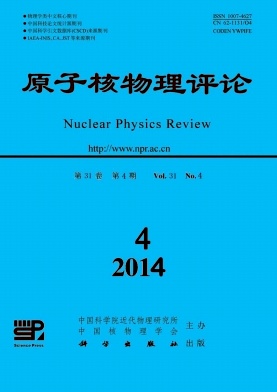MicroRNA-19b Enhances Heavy Ion Induced Genomic Instability by Down-regulation of BTG1
doi: 10.11804/NuclPhysRev.31.04.533
- Received Date: 1900-01-01
- Rev Recd Date: 1900-01-01
- Publish Date: 2014-12-20
-
Key words:
- heavy ion /
- BTG1 /
- microRNA-19b /
- genomic instability
Abstract: Heavy ion radiotherapy is a curative treatment for human malignancies and offers hopeful prospects for the treatment of cancer. Recent studies demonstrate that heavy ion irradiation leads to not only cell killing but also genomic instability. Expression of BTG1 inhibits the proliferation of cells and plays important roles in the progress from G0/G1 to S phase in cell cycle. In this study, we found that BTG1 was inducible in human renal cancer 786-O cells in the presence of carbon ion irradiation. Meanwhile, the results of qRT-PCR analyses displayed an inverse relationship between expression of BTG1 and microRNA-19b at different times. The up-regulation of BTG1, which was induced by carbon ion irradiation, was inhibited by microRNA-19b mimic transfected into 786-O cells. Subsequently, down-regulation of BTG1 increased the number of micronuclei in bi-nucleated cell of 786-O cells. Thus, we speculate that microRNA-19b leads to enhancement of heavy ion irradiation induced genomic instability by inhibiting the expression of BTG1 gene.
| Citation: | WU Xin, HUA Junrui, DING Nan, HU Wentao, HE Jinpeng, XU Shuai, PEI Hailong, ZHOU Guangming, WANG Jufang. MicroRNA-19b Enhances Heavy Ion Induced Genomic Instability by Down-regulation of BTG1[J]. Nuclear Physics Review, 2014, 31(4): 533-537. doi: 10.11804/NuclPhysRev.31.04.533 |






 甘公网安备 62010202000723号
甘公网安备 62010202000723号 DownLoad:
DownLoad: